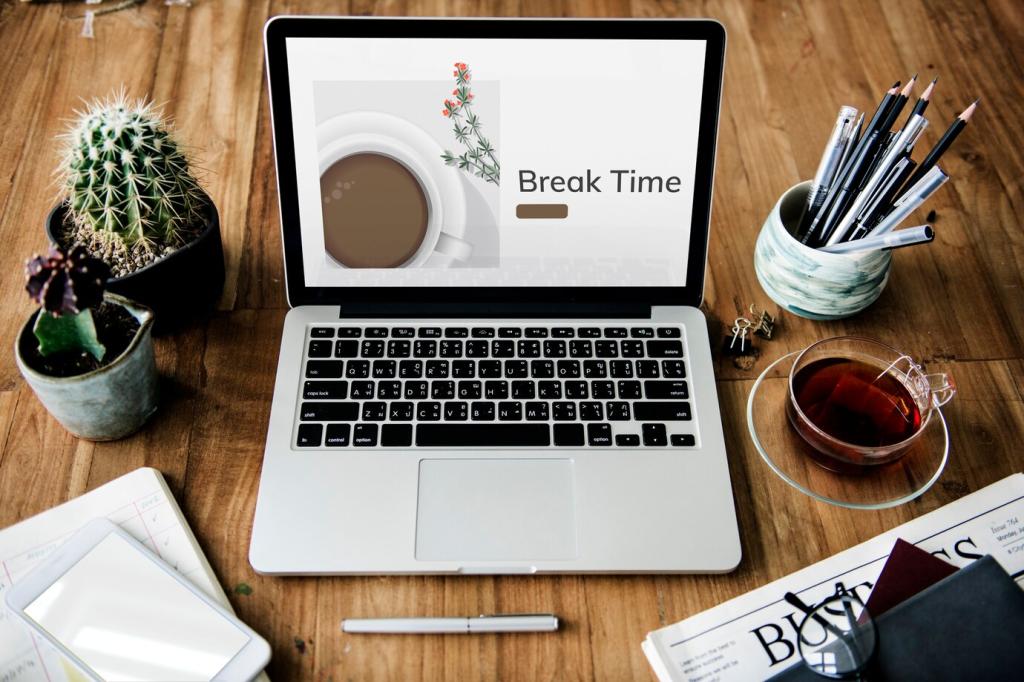SEO Best Practices for Interior Design Blogs: Turn Beautiful Spaces into Discoverable Stories
Today’s chosen theme is “SEO Best Practices for Interior Design Blogs.” If you design stunning rooms, let’s make sure people can actually find them. Learn practical, inspiring tactics to boost visibility, earn trust, and grow loyal readers. Subscribe for weekly, design-specific SEO tips and share your questions in the comments to shape our next deep-dive.

Keyword Research Tailored to Interior Design Search Intent
Translate mood boards into queries. For example, “Japandi living room shelving ideas,” “light oak kitchen backsplash,” or “biophilic home office plants.” Map each phrase to a post concept. Comment your favorite style keyword combinations and we’ll suggest cluster topics.

This is the heading
Lorem ipsum dolor sit amet, consectetur adipiscing elit. Ut elit tellus, luctus nec ullamcorper mattis, pulvinar dapibus leo.

This is the heading
Lorem ipsum dolor sit amet, consectetur adipiscing elit. Ut elit tellus, luctus nec ullamcorper mattis, pulvinar dapibus leo.
Image SEO for Visual-First Portfolios
Alt Text that Reads Like a Design Assistant
Write concise, descriptive alt text: “sunlit Scandinavian dining room with light oak table, black spindle chairs, linen drapes, and matte brass pendant.” Avoid keyword stuffing. A reader reported better image search clicks after rewriting alt text thoughtfully.
File Naming and Compression Without Losing Texture
Rename IMG_1234.jpg to scandinavian-dining-light-oak-table.jpg. Export WebP or AVIF, compress responsibly, and set proper dimensions. Faster pages win. Want our compression checklist? Subscribe and reply with your CMS for a tailored setup guide.
Structured Galleries That Search Engines Understand
Use logical gallery groupings with captions describing materials, paint codes, and sources. Implement lazy loading, aspect ratios, and next-gen formats. Comment if your gallery plugin is slow; we’ll recommend performance-friendly alternatives with better crawlability.

Technical SEO for Media-Heavy Sites
Performance Fundamentals for Photo-Rich Pages
Improve Core Web Vitals with a CDN, caching, minified scripts, and deferred non-critical JavaScript. Prioritize largest images, serve responsive sizes, and preconnect fonts. Ask for our performance audit template to benchmark your most visited project pages.
Crawlability and Index Management
Submit XML sitemaps, fix broken links, and use canonical tags for lookbooks shared across categories. Keep thin tag pages noindexed. Share your sitemap URL below; we’ll quickly suggest priority fixes you can implement this week.
Mobile UX that Reflects Real Browsing Behavior
Design for thumbs: large tap targets, sticky navigation, and readable captions. Test on real devices. One studio saw deeper engagement after enlarging gallery thumbnails. Tell us your bounce pain points and we’ll recommend mobile-first adjustments.

Complete categories, hours, services, and photo galleries. Post updates, answer Q&A, and add booking links. Consistent NAP data across directories builds trust. Comment your city; we’ll share localized content prompts that attract qualified leads.

Create pages for each service area featuring nearby case studies, vendor partnerships, and practical timelines. Include driving directions and neighborhood cues. Readers relate to familiar places. Want an outline? Subscribe, and we’ll send a location-page blueprint.

Encourage clients to mention room types, materials, and outcomes in reviews. Showcase testimonials with photos and project summaries. Add LocalBusiness schema. Share your review request email; we’ll help craft a friendly, compliance-safe template.


E-E-A-T and Story-Driven Credibility
Add credentials, design philosophy, awards, and press features. Link to speaking events and associations. Use a professional headshot. Readers buy from people they know. Drop your bio draft; we’ll suggest SEO-savvy improvements without losing your voice.
E-E-A-T and Story-Driven Credibility
Document problems, constraints, and results: budget ranges, timelines, and space gains. Include floor plans and sources. One blogger saw strong engagement after adding before–after sliders. Ask for our case study template to standardize your storytelling.
Use Search Console queries, saved Instagram questions, and client emails to plan topics. Group by intent and season. Comment your top three upcoming posts, and we’ll suggest titles optimized for clicks and clarity.
Analytics, Iteration, and Editorial Rhythm
Test title tags, meta descriptions, and introductory hooks. Update older posts with fresh photos and internal links. A reader noted a meaningful traffic lift after refreshing hero images. Want a quarterly refresh checklist? Subscribe for our printable.
